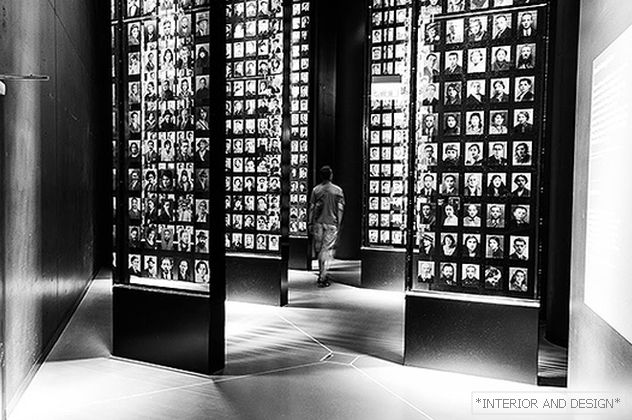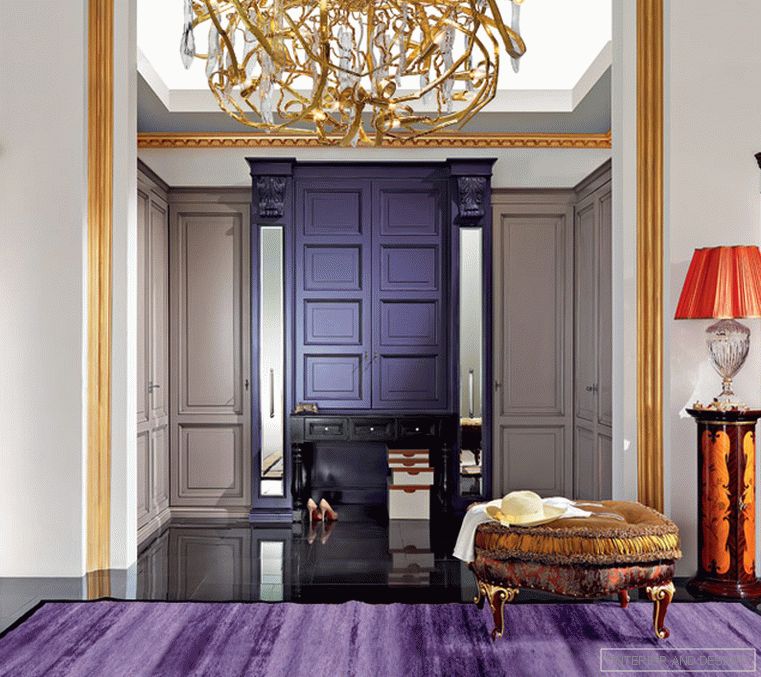Japanese architecture has never been fashionable. But Japanese architects are snapped up in world capitals. To solve the paradox, having made a difficult path to history, the curators of the exhibition “Japan in Architecture - Genealogy of Transformation” strive at the Tokyo Museum of Art Mori.
Related: Kengo Kuma: Magic Forest in Milan
The name Tadao Ando is actually a brand that is associated with Tom Ford, projects for Francois Pinault and the highest quality museum architecture. They are not far behind compatriot Toyo Ito, Kengo Kuma and Shiger Ban, another favorite French billionaire's favorite, Arnaud, who recently completed La Seine Musicale, the grandiose complex "Musical Seine" in the suburbs of Paris. Kazuo Seijima, co-founder of SANAA, ex-curator of the Venice Biennale and member of the Pritzker Prize jury, designed the Louvre branch in Lentz and the Rolex training center in Lausanne. Young Junyu Ishigami and his “Liberation of Architecture” are shown by the Cartier Foundation.
Related: Mountain the contrary: the center of Fuji Shigeru Bana
Why are the Japanese so interesting to the West? What makes Japanese architects unique craftsmen? Questions that the exhibition is trying to answer in the Tokyo Museum of Art Mori with the great name "Japan in Architecture - the Genealogy of its Transformation."
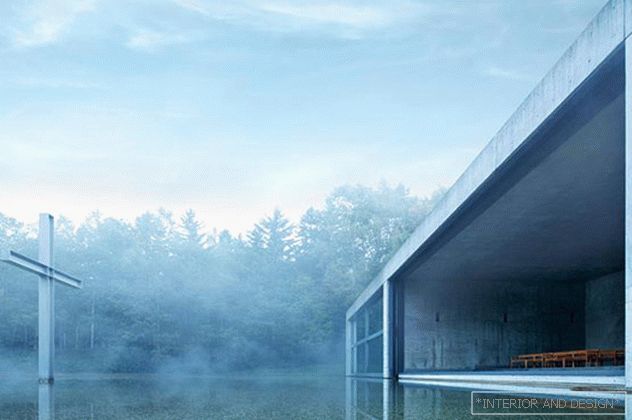 Chapel on the Water (Hoshino Resort Tomamu) - Temple of Hope (Hoshino Resort Tomamu). Hokkaido. 1988. Architect Tadao Ando.
Chapel on the Water (Hoshino Resort Tomamu) - Temple of Hope (Hoshino Resort Tomamu). Hokkaido. 1988. Architect Tadao Ando. The curator team divided its research into nine topics: “Forest Opportunities”, “Transcendental Aesthetics”, “Roofs of Peace”, “Craft as Architecture”, “Connected Spaces” “Hybrid Architecture”, “Forms for Sharing Life”, “Japan Opened and "Life with nature." More than 100 projects ranging from the 1797 temple to the modern Junyu restaurant are presented outside the chronological order.
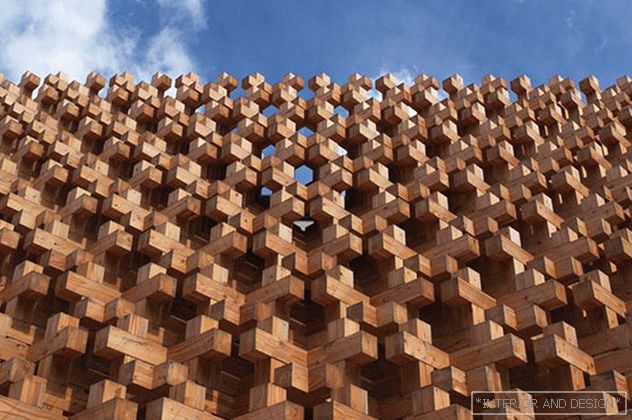 Japan Pavilion, Expo Milano 2015. Architect Kitagawara Atsushi. Photo by Ohno Shigeru.
Japan Pavilion, Expo Milano 2015. Architect Kitagawara Atsushi. Photo by Ohno Shigeru. 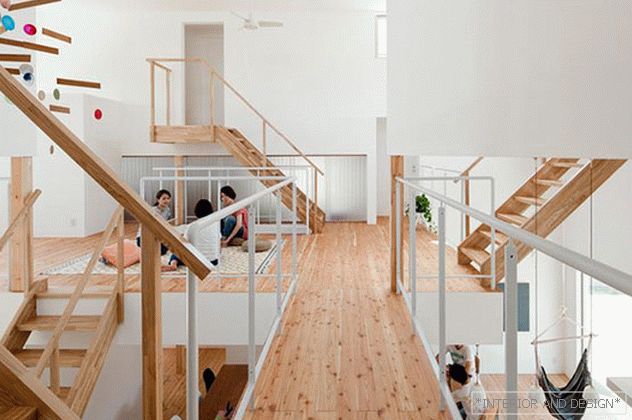 House LT Josai. Nagoya 2013. Architects Jun Inokuma and Yuri Naruse (Jun Inokuma, Yuri Naruse). Photo of Nishikawa Masao.
House LT Josai. Nagoya 2013. Architects Jun Inokuma and Yuri Naruse (Jun Inokuma, Yuri Naruse). Photo of Nishikawa Masao. 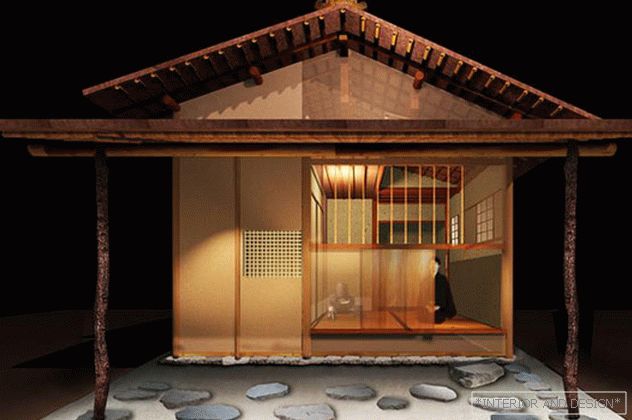 City building Tai-an, XVI century.
City building Tai-an, XVI century. Perhaps the best answer gives Kazuo Sejima. Her bureau SANAA became known to the public thanks to the Dior store on Omotesando Street in Tokyo. “I'm not quite satisfied with the project,” said Kazuo. - We are so different with Monsieur Arnaud (owner of LVMH)! He is very rich and wants to sell Dior. And we are not interested. " Seijima is a master of ephemeral architecture, which conducts a delicate dialogue with nature and the environment without any claim to monumentality. The aspirations of this Japanese architect are to build temporary structures that are logical for today's experience and do not pretend to become monuments to their creators.
 Observatory Enoura, Odawara Art Foundation. Kanagawa. Architect Hiroshi Sugimoto.
Observatory Enoura, Odawara Art Foundation. Kanagawa. Architect Hiroshi Sugimoto. • Japan in Architecture Exhibition - Genealogies of Its Transformation, Mori Art Museum, Tokyo. Until September 17th.

